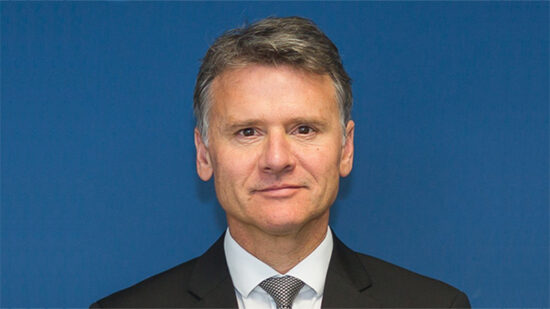The introduction of the lifetime Isa and targeting international tax evasion took centre stage in the announcement; but Osborne’s budget was not accompanied by any real seismic shocks for the pensions sector, a welcome relief for an industry still getting to grips with previous changes.
Personal allowance
The amount of money UK workers can earn without incurring income tax is to rise to £11,500 ($16,351, €14,725) in April 2017, up from £10,600 today.
Osborne said: “From April next year, I am raising the tax-free personal allowance to £11,500. That’s a tax cut for 31 million people. It means a typical basic rate taxpayer will be paying over £1,000 less income tax than five years ago.”
The point at which earners pay the higher 45% rate of income tax will also increase from £42,385 to £43,000 this year and rise to £45,000 in April 2017.
Osborne added: “It’s going to lift over half a million people, who should never have been paying the higher rate, out of that higher tax band altogether.”
Capital gains tax
From April 2016, the higher rate of CGT will be cut from 28% to 20%. Basic rate taxpayers will have their CGT rate cut to 10%, down from 18% at present.
“The rates will come into effect in three weeks’ time,” Osborne announced. “The old rates will be kept in place for gains of residential property and carried interest.
“I am also introducing a brand new 10% rate on long term external investment in unlisted companies, up to a separate maximum of £10m of lifetime gains.”
There will be an additional 8 percentage point surcharge to be paid on residential property and the share of profits or gains paid to asset managers.
Stamp duty
“Our new stamp duty rates on additional properties will come into effect next month. I’ve listened to colleagues and the rates will apply to large investors too,” Osborne said.
In his Autumn Statement, the chancellor increased stamp duty land tax by 3% for all second homes and buy-to-let properties from 1 April 2016.
The government’s clampdown on buy-to let investors has boosted incentives to invest via property funds rather than direct ownership, according to Jeremy Leach, chief executive of Horizon Asset Management.
“The main driver for individuals to invest in property is the long term capital growth and the income that buy-to-let property generates. There is a lot of administrative issues to deal with as well as the cost of property maintenance, mortgage interest payments, management fees, tax and rental voids. By investing in a fund the income is not compromised by any of these issues and it would be unlikely that a private investor would be able to achieve a reliable net income of 5% after all of the costs,” Leach said.








